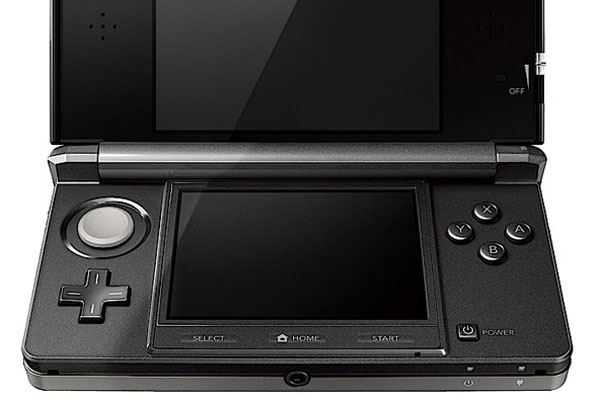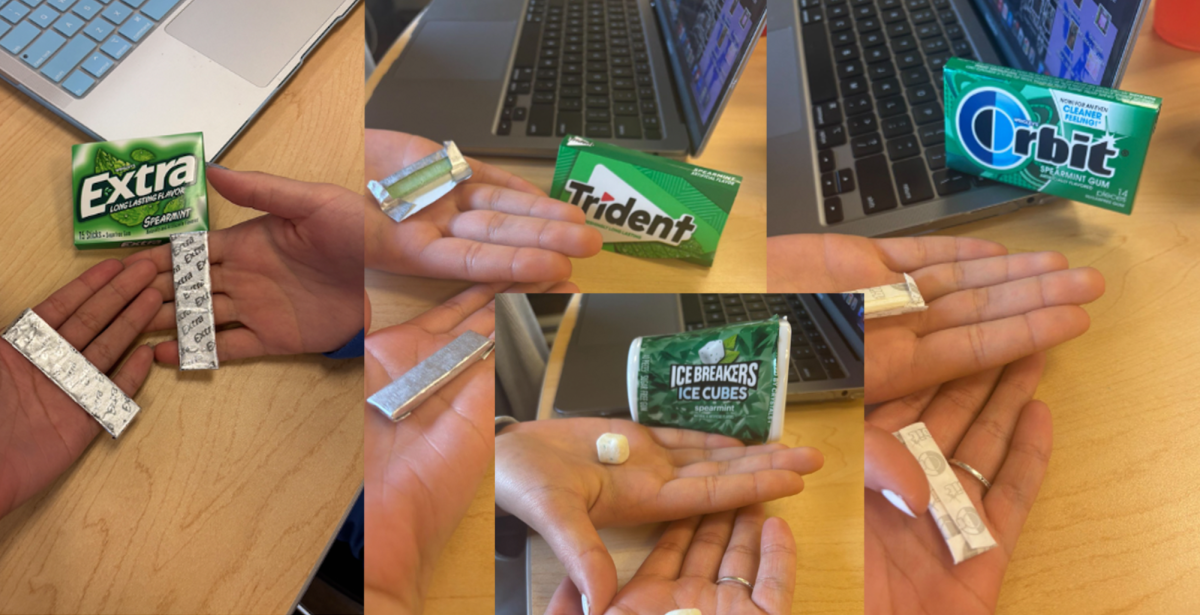For more than thirty years, Nintendo has ruled the home and handheld console markets, selling hundreds of millions of products to gamers around the world.
One of Nintendo’s most significant strengths has been its Apple-like approach to innovation in both hardware and software. The company constantly comes up with new ways to play games and offers affordable technologies to a wide audience.
The Nintendo 3DS was released in a market where mobile devices reigned in handheld gaming, minimizing the need for handheld consoles from specific gaming companies. Nintendo favored devices made by phone manufacturers.
Because of a widespread disinterest in mobile gaming, the original two hundred and fifty dollar asking price of the 3DS seemed too expensive for what the package included, and consumers pretty much ignored it. However, the price drop that made the product one hundred and seventy dollars has attracted consumers. A great selection of titles has appeared, previously unavailable at product launch.
Still, the question remains, is this product worth the price? How much will the user get out of it? Why is it better than Apple’s iPhone/iPod touch or the plethora of gaming-capable Android phones also available on the market?
The Nintendo 3DS is perhaps the most stunning Nintendo console to date. The device features some of the most beautiful design aspects to date. Although the entire product is constructed of high-grade plastic, it looks and feels metallic. This device is sturdy, and seems capable of handling vigorous play. However, many users find that the hinge is annoying upon initial use, as it is very loosely held to the product. In the end, most users will get over this minor problem.
Nintendo’s new handheld has been designed with an exceptional number of ports and other hardware capabilities that make it stand out from the current mobile competition. Such inclusions as an SD card slot, headphone jack, 3D audio, two screen displays with different capabilities, a camera for 2D images, two cameras for 3D recording and picture taking, Wi-Fi, a motion censor, and a gyroscope.
The 3DS comes bundled with a cradle for charging that not only makes charging easier, but also allows you to play while charging. Also, I’ve found that the cradle is effective for watching Netflix movies and TV shows in situations where my smartphone cannot handle Netflix. However, I would not recommend this device solely for Netflix content consumption.
Perhaps the most important aspect of this device, as cool as the hardware may be, is the software. Unlike previous Nintendo 3DS models, the 3DS comes with a load of built-in software that will keep just about any gamer entertained.
Although there is a lot of built-in software that Nintendo hopes you will use all the time, the reality is simple: I bought a 3DS to play games.
At the end of the day, for only $169 dollars, the Nintendo 3DS truly is a steal. Not only is it the gaming technology of the future, but also it’s massively entertaining and is likely to last many years on the market before it’s replaced by a better model. However, to get the most out of the product, a pretty heavy investment is required–and that, unfortunately, is in the content. Games aren’t cheap by a long shot. Even mediocre titles sell for the base price of $39.99– which is rather obnoxious for a handheld console.
Then again, you pay the price to play something nice.















